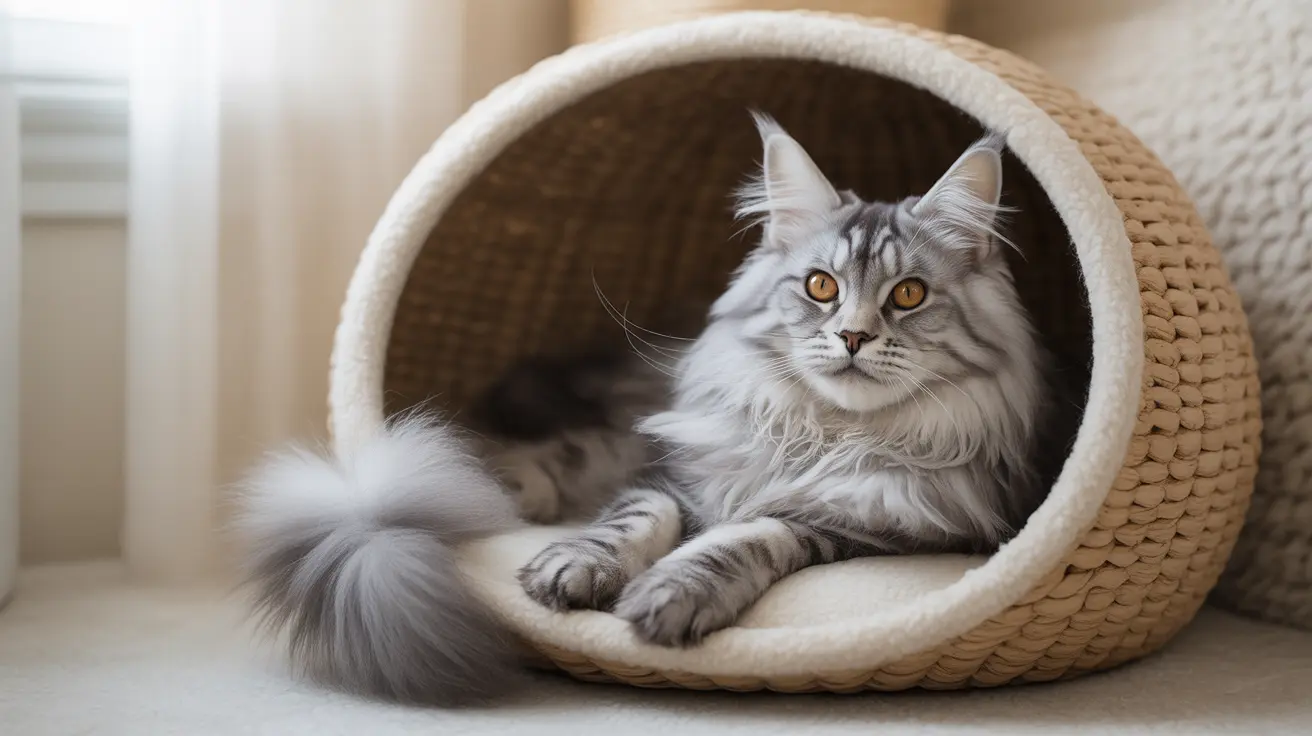Understanding the Safest Type of Cat Carrier
Selecting the safest cat carrier is crucial for reducing your cat’s stress and ensuring their safety during travel, especially to veterinary appointments. Feline veterinary expert Dr. Amber Carter emphasizes functionality and comfort, advising cat owners to consider their pet’s temperament and specific travel needs.
Why Carrier Design Matters for Your Cat’s Safety
Carrier construction and accessibility can greatly impact how cats experience travel. A sound design promotes both physical safety and emotional comfort.
- Removable tops: Facilitates easier veterinary examinations without removing the cat entirely from the carrier.
- Hard-sided shells: Offers durability, stability, and protection in case of accidents or panic escapes.
- Adequate ventilation and visibility: Helps lower stress for many cats.
The Best Hard-Sided Cat Carriers
- Amazon Basics 2-Door Top Load: Features top and front entry for convenience and a removable top.
- Midwest Homes Cat Carrier: Durable build and easy-to-remove top enhance handling and cleaning.
- Van Ness Calm Carrier: Uniquely slides open from the back, minimizing handling stress during vet visits.
- Catit Cabrio Cat Carrier: Has seatbelt compatibility, an integrated handle, feeding dishes, and a split-top lid.
- Petmate Two Door Top Load Kennel: Suitable for cargo airline certified transport with dual-entry access.
Veterinary-Recommended Hybrid Carriers
Some hybrids combine soft-side comfort with robust safety. Dr. Carter emphasizes those with top-loading zippers and strong structural support.
- Sleepypod Mobile Pet Bed: Crash-tested, cozy interior, removable zippered top, airline approved.
- Sleepypod Atom: Soft-sided yet opens fully from the top, making vet exams easier.
- Doc & Phoebe's SPOT 3-in-1 Sleep & Go: Offers a cozy hideaway with removable mesh windows and veterinary-designed features.
Soft and Backpack Carriers: Use with Caution
While soft carriers and backpacks offer portability and style, they are generally not the safest choice for anxious or aggressive cats.
- Sherpa Travel Original Deluxe: Airline approved but lacks crash testing.
- PETSFIT Cat Carrier: Features safety buckles, interior tethers, and good ventilation but is better suited for smaller, calm cats.
- Petsfit Pet Backpack Carrier: Recommended only for short trips with well-socialized cats, offering ventilation and padded comfort.
- Lollimeow Pet Rolling Carrier: Combines backpack, shoulder bag, and wheeled travel options with privacy flaps.
Top Carriers for Large Cats and Multi-Pet Homes
For households with bigger cats or multiple pets, carriers must offer extra room and secure closures.
- SturdiBag XL: Rugged design with reinforced seams and zip locks keeps larger cats secure.
- Petseek Large Cat Carrier: Privacy flaps and multiple doors help soothe nervous cats.
- One for Pets Portable Pet Kennel: Ideal for multi-cat families with zippered separation options.
Training Your Cat for Carrier Comfort
According to the American Association of Feline Practitioners, carrier training is essential for reducing feline stress.
- Leave the carrier out at home so your cat can explore it voluntarily.
- Place familiar bedding or toys inside to make it inviting.
- Practice short car rides to help your cat acclimate.
Veterinarians may also recommend calming sprays or mild sedatives if your cat experiences severe anxiety during transport.
Carrier Safety Checklist
- Choose hard-sided or hybrid carriers with removable tops.
- Ensure the carrier is large enough for your cat to stand, turn, and lie down comfortably.
- Look for secure locking mechanisms and ventilation panels.
- Avoid soft carriers or backpacks for skittish or strong cats.
Final Thoughts
When choosing a cat carrier, prioritize your cat’s comfort, personality, and safety. Hard-sided carriers with easy entry and secure closures remain the safest solution, particularly for vet visits and high-stress travel. Incorporate carrier training into your routine to make trips less traumatic—and more feline-friendly.





